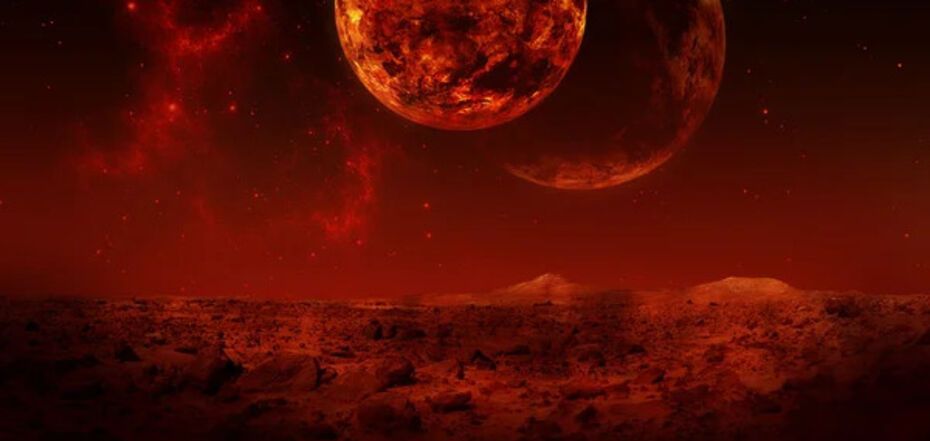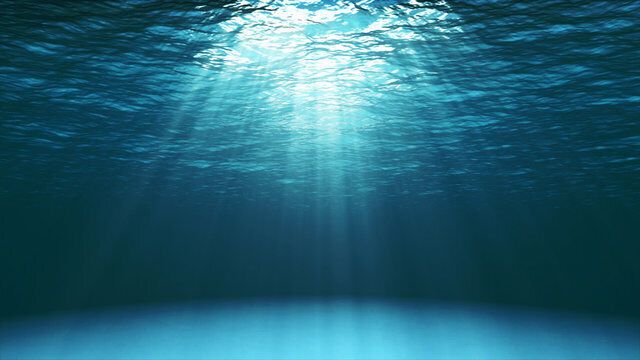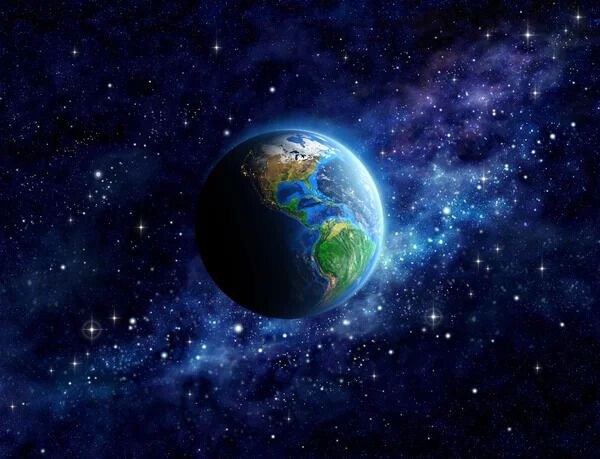News
Humanity is probably wrong in search of extraterrestrial life: what's wrong with the Goldilocks Zone
Planets that may have water are located outside the most likely area to search for extraterrestrial life. Amri Wandel of the Hebrew University of Israel has suggested that life may be hiding on planets around M-dwarf stars.
M-dwarfs are much more common in the galaxy than stars like our Sun. Therefore, this discovery, if correct, could increase the number of known potentially habitable worlds by 100 times, Big Think writes.
The habitable zone, or Goldilocks Zone, is a place where the planet's surface has conditions under which liquid water can exist. After all, every living thing we know needs water in one form or another. Therefore, it is logical to make this substance a benchmark for such searches until the scientific world has found evidence of the existence of living organisms that do not need water.
Research shows that habitable environments, such as underground oceans, exist outside the traditional Goldilocks Zone, especially around dwarf M stars. Atmospheric conditions, geologic activity, and the planet's history also affect habitability.
The Goldilocks Zone
The idea of a habitable zone is a key concept in astrobiology. It was first proposed in 1913. But it was thoroughly formulated about 30 years ago, in a seminal article by James Kasting of the University of Pennsylvania, when the first planets outside our solar system were discovered.
Habitability refers to that ideal "golden" zone around a star - not too hot and not too cold - where water can remain liquid on the planet's surface for long periods of time. From an astronomical point of view, it is the area around a star between the inner limit where water evaporates and the outer limit where it freezes.
Many people call it the area where liquid water is "stable" on the planet's surface, but that's not quite right. Leave a cup of water outside for a few days and you will see that it will evaporate.
Although the Zone is mainly defined based on astronomical parameters, its location varies for different types of stars. It also depends on the geological features of the planet, including properties such as atmospheric density and cloud cover, and, most importantly, on climate feedback mechanisms.
Earth is located almost in the center of our solar system. Mars is located one and a half times farther from the Sun than we are. However, if Mars were larger, say, twice the size of the Earth, it would probably still have a thick atmosphere and water oceans on its surface, which would put it in the category of habitable.
Of course, the term "habitable" itself is controversial. Even if a planet or moon is at the center of the galaxy, it doesn't mean that it is necessarily habitable. Take a look at our Moon. Despite its near-perfect location, it has no atmosphere, no liquid water, and no life.
The same goes for exoplanets. Without factors such as a dense atmosphere (and possibly a magnetic field) to protect against harmful radiation, sufficient energy sources, organic compounds that can serve as nutrients, and an efficient recycling mechanism (in the case of Earth, plate tectonics), life may never arise, regardless of location.
Similarly, liquid water and potentially habitable conditions may exist outside the "traditional" Zone. As Wandel and many other researchers have pointed out, exoplanets around many types of stars may have subsurface oceans. These ice-covered waters could exist on planets with surfaces as cold as -73oC, or -99oF, the estimated temperature on Trappist-1g.
The so-called rogue planets, not attached to any star, may even have underground water if there is enough heat generated by radioactive elements in their interior and the top layer of ice is thick enough.
Rethinking habitability
Within the solar system, we can also look for oceanic worlds. There is Ceres, which probably has a muddy ocean beneath its surface, and even the distant dwarf planet Pluto.
Jupiter's icy moons Europa and Ganymede have underground oceans. So do Enceladus and Titan around Saturn. Moreover, it is believed that Europa's ocean is in contact with the planet's rocky mantle. If this is the case, hydrothermal vents could supply the nutrients necessary for life, just as they do on Earth.
Another factor that complicates the simple definition of a habitable zone is what era in the planet's history we are talking about. Our planet has gone through phases of "snowy Earth" when most of the surface was covered by glaciers, so in those periods our oceans could be considered "underground".
There was once running water on the surface of Mars. And according to the modeling results, there might have been on Venus, too. When it comes to habitability, "when" can be as important as "where".
And, as always, we are only talking about the life we know. If we imagine life using other types of chemical building blocks or solvents besides water, additional possibilities emerge. On hot planets like Venus, sulfuric acid might be a possible solvent. On colder planets, ammonia or a mixture of ammonia and water may be suitable.
In other words, the idea of a habitable zone based solely on proximity to a star may no longer have much value. This concept was very useful when astrobiology was in its infancy more than 30 years ago. But it's time to cast our nets wider and look for life we don't know in places we never thought to look.
Earlier, OBOZ.UA wrote about new evidence of the existence of the planet Theia, which once crashed into the Earth. Its remains were found deep under the tectonic plates of Africa and the Pacific Ocean. It is believed that the Moon was formed as a result of this collision.
Only verified information is available on the OBOZ.UA Telegram channel and Viber. Do not fall for fakes!
































